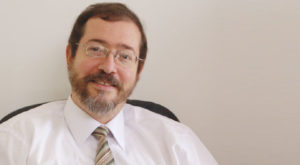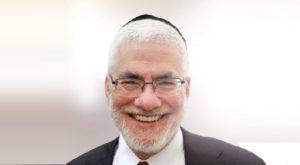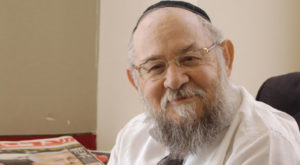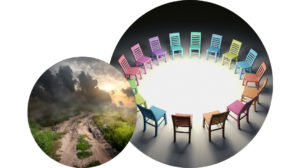Really See Me

The vast majority of Americans don’t in fact hate each other
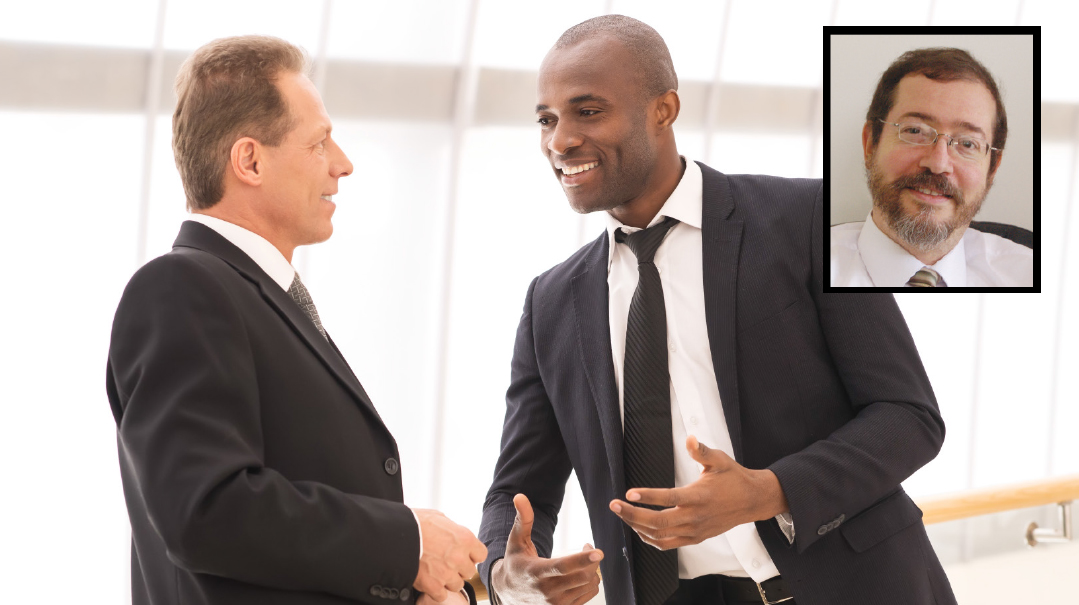
This is a time of great polarization in America. Those of us who’ve been around for a while know that the country has gone through periods as these before, such as during the late ’60s. Yet, as Jonathan Rauch, a senior fellow at the Brookings Institution and an astute political observer, recently put it, “indications are that polarization is at its worst since approximately the time of the Civil War. That’s not a sentence anyone enjoys saying or thinking about.”
There are, of course, bright spots on the national landscape. One of these is the Supreme Court, which just ended a term suggesting that, in the words of University of Chicago law professor Tom Ginsburg, the justices are seeking to demonstrate “that, in at least one American institution, polarization has its limits.” And the Court, after all, is not just any institution, but one whose decisions have the potential to exacerbate the societal divide.
Nearly half of all the decisions the Court issued in this year’s session — 29 out of 67 — were unanimous, and only 11 cases were decided by a vote of 5–4. In one case at the term’s very end, the very conservative Clarence Thomas joined the Court’s three liberal members in dissent. Professor Ginsburg writes:
Surprising coalitions among justices, careful case selection, and relatively few decisions dividing the court along ideological lines point to an institution that is trying to bolster its nonpartisan legitimacy. The justices seem to be refuting the idea that they are partisan actors in an ostensibly nonpartisan institution.
To be sure, the justices are not always nonpartisan or quiescent…. So, too, have several high-profile controversial cases that split the justices six to three along ideological lines…. On the whole, however, these ideological decisions don’t represent the court’s recent conduct. If anything unites the justices, it is the view that their internal processes should not be politicized and the court needs autonomy to properly perform its role in our constitutional system. These beliefs were abundantly clear in the court’s most recent term.
There’s also the fact that members of Congress have been working with each other across the aisle and with the president of the opposing party, as we’ve seen in the negotiations on an infrastructure bill. Regardless of whether or not it will ultimately succeed and in what form, the good news is that these many senators and the White House have chosen to actually do the work they’re paid to do, which is to engage in civil, good-faith dialogue on substantive issues rather than in performative provocation of the opposing party. This sort of bipartisan negotiating used to happen all the time in Washington but for many years has been nearly nonexistent.
But there’s more reason for optimism, too, regarding polarization: The great majority of the toxic hyper-partisanship that is poisoning the national atmosphere is taking place far from the everyday lives of regular Americans. That is to say, we don’t have people engaging in angry confrontations with fellow citizens on the streets of their neighborhoods and at their workplaces.
That’s because the vast majority of Americans don’t in fact hate each other, including those whom they oppose politically and ideologically. They can’t, because they’ve never even met them, and certainly don’t know them or even anything about them. What they hate are the mythical images of the people on the opposing side that are constantly being fed to them by hysteria-mongers of the right and left on social media and cable and talk-radio shows, who profit handsomely off the stoking of partisan fevers.
Viewed within the context of a nation of 330 million people, the numbers of people who are actually engaging in rhetorical battle on social media are small and so is the total number of talk-radio listeners, and even then they are only passive consumers of what’s being peddled. But most importantly, these are artificial worlds, not real life.
Overwhelmingly, American citizens are decent folks who don’t harbor animus for real-life individuals, and whenever given the opportunity to meet and spend time with people of even sharply differing worldviews, they usually get along just fine. Sometimes, meeting others of a divergent political bent can bridge differences and reveal a surprising degree of agreement. But at the very least, we come to see them as people, with whom we share a common humanity and who deserve respect and a chance to be heard. And that should give cause for hope.
Daryl Davis is a 63-year-old black musician who has written about the many years he spent engaging with Ku Klux Klan members and their ilk, often succeeding over time in helping them forsake their racist beliefs. He even has a collection of robes and hoods given him by people who abandoned the Klan as a result of their interactions with him.
At age ten, he was pelted with rocks and bottles by a group of white kids and remembers thinking, “How can you hate me when you don’t even know me?” Later on, while in a band that sometimes played in a venue frequented by white supremacist types, he struck up a friendship with a Klansman in the audience. Rather than immediately launching into a tirade against racism, he began by listening to the fellow talk about himself and his views, and slowly planted seeds of doubt in his mind. Eventually, the man left the group. And that’s how Scott Shepherd, a former grand dragon of the KKK, left it and gave Davis his robes. “Daryl saved my life,” he says. “He extended his hand and actually just extended his heart, too, and we became brothers.”
As Adam Grant, an organizational psychologist at Wharton, observes, “Daryl Davis demonstrates that talking face-to-face with your ideological opponents can motivate them to rethink their views. He’s an extraordinary example of what psychologists have repeatedly shown with evidence: In over 500 studies, interacting face-to-face with an out-group reduced prejudice 94 percent of the time. You won’t get through to people until you’ve earned their trust, [and you’re] not likely to earn their trust until you’ve met them face-to-face and listened to their stories.”
Daryl Davis put it this way: “If I can sit down and talk to KKK members and neo-Nazis and get them to give me their robes and hoods and swastika flags and all that kind of crazy stuff, there’s no reason why somebody can’t sit down at a dinner table and talk to their family member.”
Even without seeking to convince others of the folly of their ways, however, just getting to meet another human being in person and shake his hand and schmooze, is very likely to drastically dial down personal animosity. That’s partly because we come to realize he doesn’t actually believe many of the things ascribed to him, or on the other hand, that some of those views actually make sense.
One interpretation for sinas chinam is that it’s literally “hatred over nothing,” animosity based on illusions as to what another person thinks about us. Studies show that large majorities of both Democrats and Republicans substantially exaggerate the extent to which members of the other party dislike and disagree with them — creating a significant divide between perception and reality, and that the more news a person consumes, the greater the misperception. That means that the more we form our sense of what others are like from the artificial, skewed world of the news media and social media, the more likely it is that those views won’t comport with reality.
But even when we meet someone and realize that he indeed does believe the things that have been imputed to him, views we find wrong, ludicrous, or even downright dangerous, a decent person will come away with his feelings tempered. It’s basic human nature that encountering another essentially good human being in the fullness of his personality and dignity, learning about his history and listening to his fears and hopes, makes it that much more difficult to harbor personal ill will toward him.
Perhaps the most profound way to heal our country’s rifts is to find ways for Americans to come together, to meet and talk, and to see each other as they are, not as the profiteers want them looked upon.
Originally featured in Mishpacha, Issue 870. Eytan Kobre may be contacted directly at kobre@mishpacha.com
Oops! We could not locate your form.


